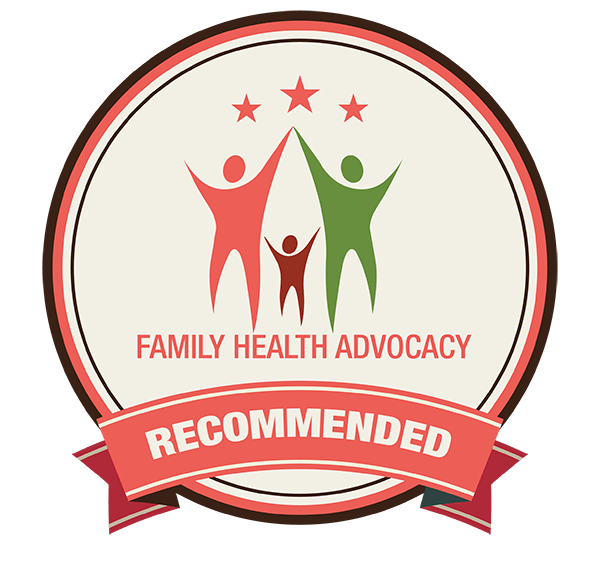Straight to it, here they are:
-
Strength
Strong muscles act as a support structure. One common example is how strengthening your core can help with low back pain. When your core functions as it should, it can “prop up” and take stress away from a sore low back. Note, the “core” is much broader than some people realize, it’s as high as your pectorals and shoulders, and as low as your gluteus and hamstring muscles.
-
Natural pain relief
Exercise has a proven pain-inhibiting effect. One way it does this is by releasing “feel-good” brain chemicals (e.g. endorphins) that dim pain signals.
-
Learn new patterns
Not only is your body able to pick up the slack for painful areas by strengthening others, but you can train it to move in better ways. In the short term, you might find a “work around” that lets you get on with it. In the long term, greater mobility opens the way to a lasting recovery. Note – don’t mistake work arounds for solutions; it’s awfully easy to adapt and then start ignoring a painful scenario that needs professional assistance.
-
Enhance healing
Movement improves circulation, which directs your body’s attention to areas for repair. It also helps your body generate new, strong, and healthy tissue…and stronger bones.
-
Prevents “Kinesiophobia”
Kinesiophobia is fear of movement. It stops many folks in their tracks because they’re afraid moving will hurt or make the injury worse. But…this is counter-productive. Taking your body through a progression of pain-free movement is KEY to getting past an injury, both physically and mentally.
-
Empowers you
When coming back from pain or injury, excessively relying on others holds you back. Exercise promotes power, confidence, and independence. This can help you move forward and reclaim your former activity levels.
-
Prevents injury.
Sometimes people are worried to do anything until the problem is “fixed” with surgery. Yet I could give you countless examples of patients who avoided surgery merely by getting stronger. Here’s the thing: even with surgery the underlying “bad” movement pattern can linger. If you can address this with strengthening, it prevents the issue from cropping up again.
Bottom line: It may not always feel obvious, but movement does facilitate healing. So it is with regular chiropractic care. We don’t “make” the pain go away. We restore brain to body communication – that restores neurological function, and in that way, re-open or open new pathways for healing.
Anyway, that’s my two cents for today. We are slowly lurching toward “normal” hours. (mid-September, most likely!)
Dr. Josh
P.S. As a reminder, here’s a brief video about our current safety measures:
https://www.youtube.com/watch?v=LxGPeXlcrQ0&feature=youtu.be
===
“Dr Gelber is an amazing chiro that has helped me so much in my journey of healing my migraines and anxiety. He’s always willing to help and also has the best advice for any pains I’m dealing with. Chiro has really helped with my alignment and posture. I honestly believe chiro is a must for everyone. Grace and the other staff at the clinic are always so welcoming and kind. I would 10 out of 10 recommend Annex Family Chiropractic for anyone looking!”
-Shannon R.
===


